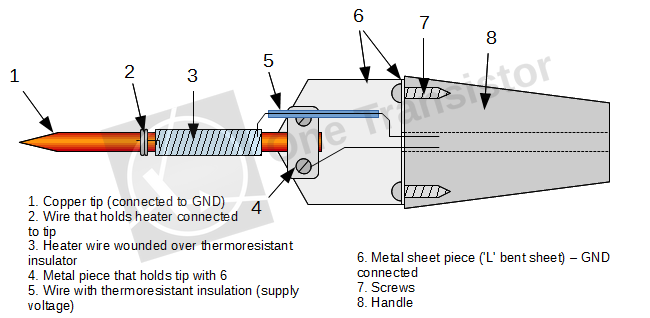
Amazon.com: LCD Digital Soldering Welding Iron Kit with Ceramic Heater,5pcs Tips, Stand, Solder Tube, Sponge for Metal, Jewelry, Electric, DIY, Portable, 80W 110V : Tools & Home Improvement

Wireless Welding Tool Automatic Sleep Mode Diy Battery Welding Soldering Iron Rechargeable 5v 8w Electric Welding Solder Iron - Electric Soldering Irons - AliExpress

Amazon.com: Cordless Soldering Iron Station for Dewalt 20V Max Battery w Digital Display, Auto-Sleep, °C/°F Conversion, Welding Tool for DIY, Appliance Repair, Watch Repair, Wire Welding (Battery NOT Included) : Tools &

DIY 220-240V 100W Electric Soldering Iron Kits Lighting Soldering Gun Set Welding tools Rapid Heating with Solder Tip Paste Wire
























